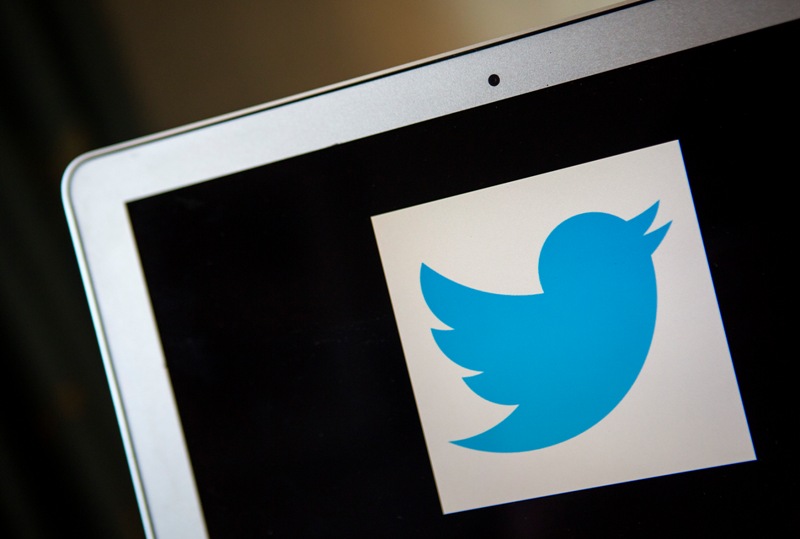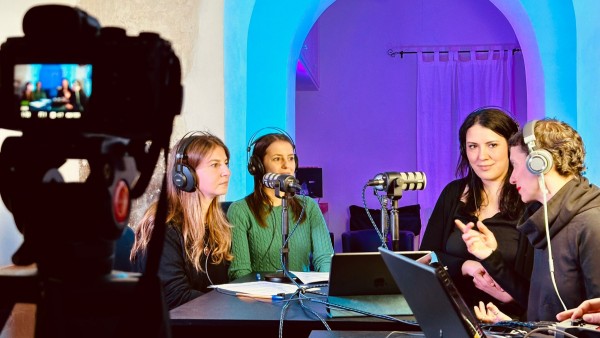Social media has proved to be an inestimably valuable tool for freedom of expression around the world, and more specifically in repressive countries, where it has become the only sphere where critics can raise their voice.
As Bahrain human right activist Nabeel Rajab recently told IPI, speaking on the press freedom situation in his country: “The only tool that is not controlled by the state is the social media”.
However, many argue that online social networks also have downside that poses a threat to press freedom – the verbal abuse, harassment or cyber bullying that journalists can face because of their work.
In that regard, news website The Verge yesterday published an internal memo purportedly written by Twitter CEO Dick Costolo, in which he takes personal responsibility for the online platform’s recurrent problems with verbal abuse and threats.
“We suck at dealing with abuse and trolls on the platform and we’ve sucked at it for years,” the memo reads. “It’s no secret and the rest of the world talks about it every day.”
The memo goes on to say that Twitter is “going to start kicking these people off right and left and making sure that when they issue their ridiculous attacks, nobody hears them”. In a later memo, Costolo reportedly continued, saying that he plans “to take full responsibility for making sure that the people working night and day on this have the resources they need to address the issue”.
Although it is hard to find aggregated data, numerous reports of journalists being insulted, harassed and threatened on Twitter and on other social media platforms suggests a worldwide trend.
Sometimes those threats are outright. In one notable example, Russian MP Andrei Isayev in 2013 reportedly threatened reporter Georgy Yans over a story that suggested that three female politicians who changed their views engaged in “political prostitution”. In response, Isayev was said to have tweeted that a tabloid had “organized a filthy, mean, dirty attack”, and that there would “be a severe retaliation against the editor and author”.
On many other occasions, online bullies shield their identities behind an anonymous account. That’s what happened in August 2013 in the case of British journalists Grace Dent, an Independent columnist, Catharine Mayer, Time magazine’s Europe editor, and Hadley Freeman, a Guardian columnist. They and other women were targeted in tweets reading: “A BOMB HAS BEEN PLACED OUTSIDE YOUR HOME. IT WILL GO OFF AT EXACTLY 10.47PM ON A TIMER AND TRIGGER DESTROYING EVERYTHING.”
More recently, Mexican journalist Yohali Reséndiz in January received death threats from an anonymous user via the same social media network. Periodistas en riesgo, a platform monitoring press freedom violations in Mexico, reported that Reséndiz received tweets that contained links to videos depicting women being sexually abused, adding: “This will happen to you.”
Reséndiz’s case is not an isolated one. UNESCO’s most recent report on the state of global freedom of expression highlights an increase in threats and verbal abuse against female journalists on Internet platforms. The digital area was said to be especially difficult for female journalists covering topics traditionally the province of men. Although no systematic monitoring has yet been done at the global level, anecdotal evidence suggests that these online attacks often include harassment, defamation campaigns, rape threats, hacking, invasions of privacy and verbal abuse.
Amberin Zaman, a correspondent for The Economist in Turkey, was one of many journalists – particularly women – who received death threats while covering the protests at Istanbul’s Gezi Park in 2013 in what she said seemed to be an organised campaign.
“The threats were not just simple death threats, but also threats of sexual violence like raping us, ‘we are going to rape you’, ‘we are going make you sit on broken wine bottles’, things like that,” she recounted. “Very, very graphic.”
Undoubtedly, the kind of harassment Zaman suffered had a strong emotional impact.
“Imagine that in a single day you receive hundreds of threats, hundreds of abusive messages, would that not affect you psychologically?” she asked. “Of course it does. You suddenly feel very vulnerable, especially when you are in my position when people recognise you on the streets because you happen to appear on television quite a bit. At least I used to, so I feel physically at risk.”
Online attacks against journalists not only have a personal impact on them, but also indirectly affect everyone. By causing journalists to consider censoring themselves, they may leave people less informed at the end of day. Zaman said she did not allow the attacks on her to impact her reporting, but they did make her think twice about covering some issues.
“The only topic where it made me pause is religion, because I’ve been also fiercely attacked for allegedly being an enemy of Islam, which is of course absolutely not true,” she said. “But that has made me feel extremely nervous because we know what happens to people who are deemed to be enemies of Islam.”
The comments attributed to Costolo, pledging to take a stronger stance against abuse, are certainly welcome. But those comments need to be followed by action. Too many journalists, especially women, now not only have to deal with the inherent risks of the profession, but also with abusive campaigns on social media.
“[Twitter has] been very ineffective at dealing with it because each time they suspend an account the same person reappears with a different name and continues to hold their abuse and their threats,” Zaman said. “I have been consistently receiving death threats, and the people who deliver these threats continue to do so unimpeded. So there is obviously a problem and they need to find a way of addressing that.”



